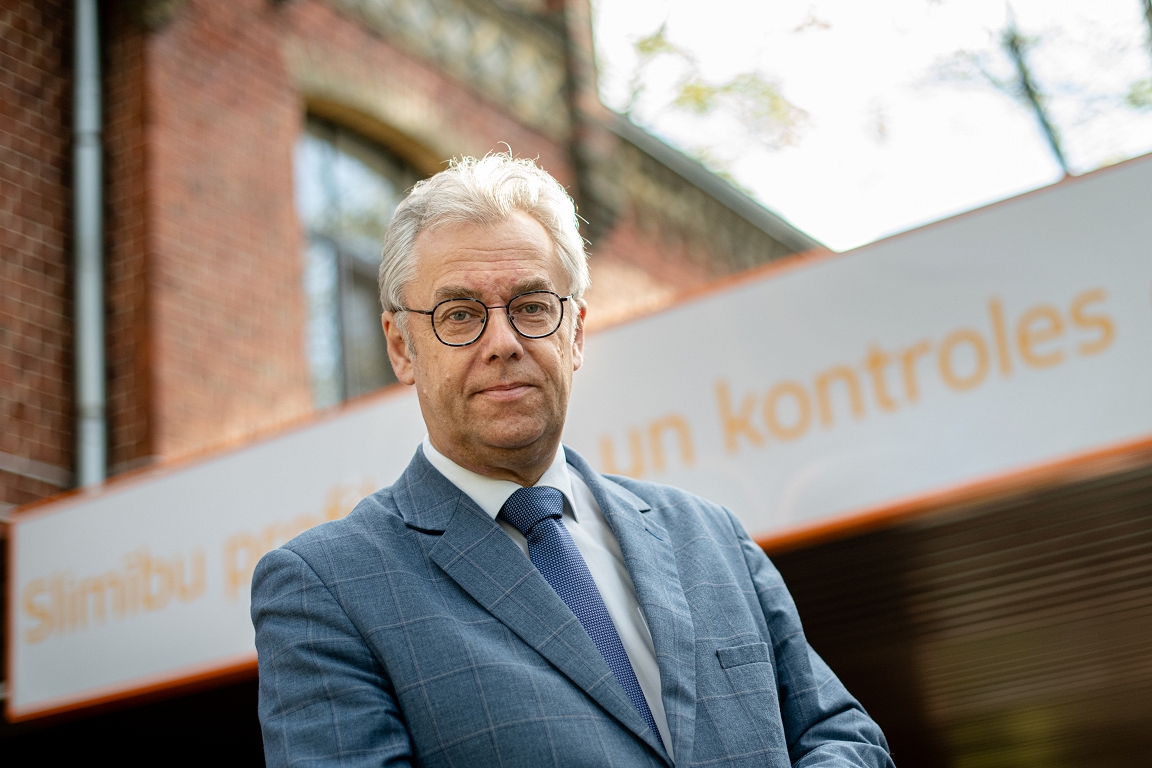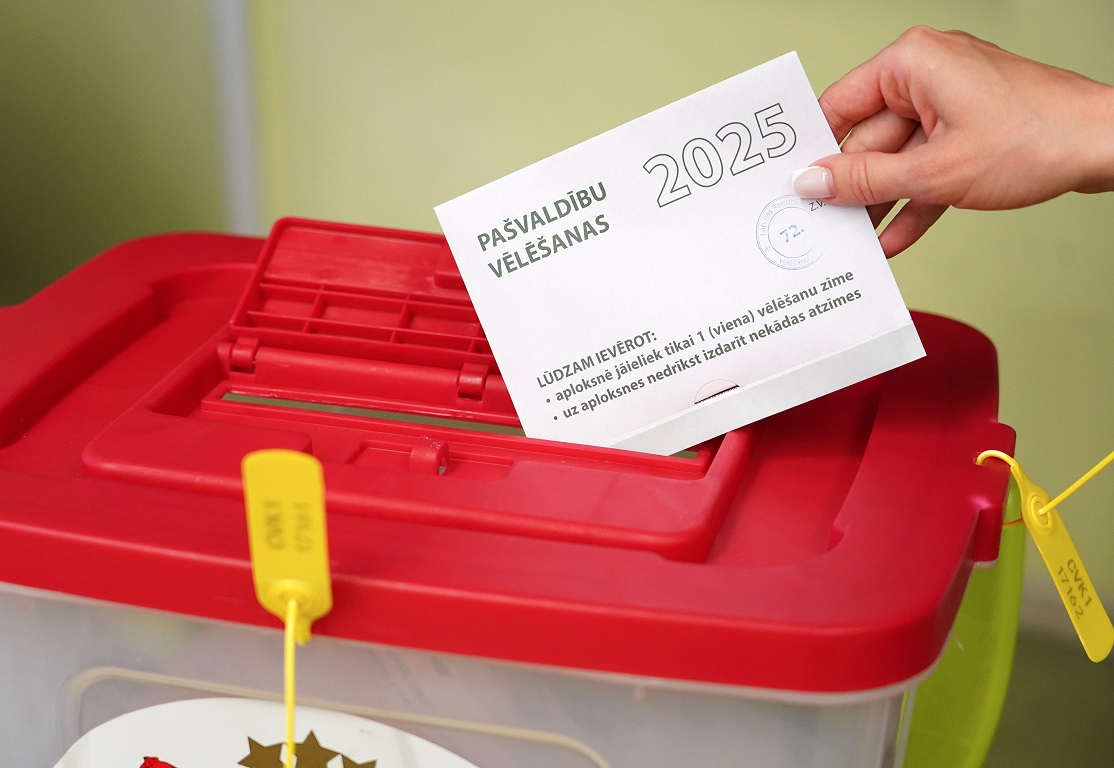Infection with intestinal stick is unlikely to occur beyond educational institutions / day

He acknowledged that the results of sequencing could help clarify the cause of the intestinal stick, or E.Coli infection. The results of the sequence would help to group infection cases, namely dividing data already obtained during an epidemiological examination.
Initial microbiological examinations may indicate some of the outbreaks of E.Coli infection with some products, but there is also a combination outbreak when one product is contaminated with various pathogens.
E.coli strains capable of forming toxins are called Stec/VTEC (this E.Coli -forming E.coli forming toxin or Verotoxin). The SPCC points out that two STEC serotypes (0103 and 026) are set in the laboratory. These two serotypes were found in infected people, which indicate different types of illness.
Perevoshchikov also does not rule out the possibility that one food could contain two infectious agents. Similarly, two variants of a bowel stick may have spread in one institution.
It is currently important to distinguish between sporadic infections from those related to the current outbreak of infection.
The specialist explained that sporadic cases are recorded regularly – on average four to five cases per month. Even today, sporadic cases are credited to the total number of affected. Sporadic cases are currently difficult for epidemiological examination, Perevoshchikov admitted.
Mostly this infection in children works in mild form, but in some cases it is cruel, the specialist admitted.
Mostly the epidemiological examination of the disease so far is hampered by children. Several caterers are also involved in the process, while children cannot say exactly what they have eaten.
The intestinal stick infection period is relatively long – up to ten days. This significantly makes it difficult to remember what eaten ten days before the illness, especially if it needs to be clarified from the children, Perevoshchikov said. As a result, the SPCC conducts parental surveys in the current investigation process.
A similar outbreak of infection was the last time in Latvia in Sigulda in 2019 – many were not ill at that time, but the disease was severe. The results of the then epidemiological examination revealed the relationship between the infection with a particular meal and the institution, but the particular food was no longer available for investigation.
When a similar outbreak of E.Coli occurred in Germany in 2011, the epidemiological examination took place for about half a year. The duration of the potential epidemiological examination of the current epidemiological examination avoided predicting, adding that scenarios can be different.
The epidemiologist emphasized that in order to avoid infection, wash your hands carefully under running water, as well as wash the vegetables, fruits properly under running water, and follow the meat and follow the SPCC recommendations.
Any person with diarrhea or vomiting should refrain from participating in food processing and remember that infection can also occur in close contact with the patient.
It has already been reported that five children with acute intestinal stick infection or E.Coli have already been treated at the Children’s Clinical University Hospital (BKUS), LETA confirmed to LETA.
Until Thursday, 28 children have been hospitalized since the infection outbreak with approved toxin producing E.coli. From them, 12 children were prescribed by April 3, whose health condition allowed treatment to continue outpatient treatment after the observation period.
On Thursday, a total of 16 children were treated at the Children’s Hospital with approved intestinal infection in both intense and infection.
Until April 3, 58 people have been registered, including seven adults. Riga has 27 sick, in Sigulda municipality – ten, in Ādaži municipality – eight, in Cēsis and Liepaja – three in Salaspils and Kekava municipalities – two, and one by one in Jelgava, Ropazi and South Kurzeme.
Cases are recorded in 28 educational institutions – 26 kindergartens and two primary schools.
Currently, 153 contacts have been investigated, but a total of approximately 900 contacts in educational institutions and homes have been identified.
Currently, SPCC epidemiologists are working in several directions when driving an investigation and several extensive measures have been taken, the SPCC points out.
It has already been reported that on Tuesday, the FVS received the results of laboratory examinations in 55 food samples removed in pre -school educational institutions, which had previously identified cases of developing a toxin -producing E. coli infection, and no infection has been detected in any of the samples.
In Latvia, this infection was recorded last year in 42 cases. On average, four to five cases of this infection are recorded per month, the SPCC points out.







